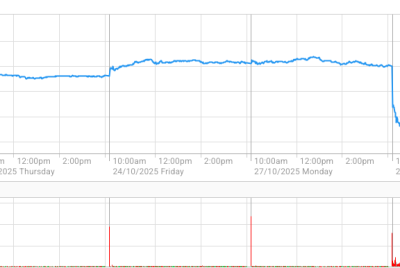Newest Condom Designed for Gay Couples Will Be Released on 2015
Origami Condoms from California is now planning to release the very first condom specially designed for anal sex to the market in 2015. The company unveiled the prototypes for receptive anal intercourse for both men and women.
It is an accordion-shaped device made out of injection-molded engineered silicone, instead of the conventional latex or animal skin. Origami Receptive Anal Intercourse or RAI condom is not only what the company offers but also other condoms made out of similar accordion-like design with the RAI
According to Origami Condoms Web site, RAI is worn internally by a receptive male or female partner and intended to facilitate a pleasurable and safe sexual experience for both partners. The condom increases its acceptability, improves sensation and comfort, and influence consistent condom compliance for individuals engaging in anal intercourse who are subject to contract HIV/AIDS and STI/STD.
Moreover, the company intended to provide a receptive partner with the initiative to use a condom without negotiation unlike the off-label use of the rolled latex male condom. R.A.I. is designed to create direct tactile contact and reciprocating motion to the male sex organ inside the internally lubricated condom. The insertive partner does not need to wear any additional condom and thus duplicating an experience close to "sex without a condom."
Origami R.A.I. has two main advantages provided to both partners.
1. Easy insertion method that positions and anchors the condom internally.
2. The tubular structure of the condom provides a natural internal liner for the penis in the internally lubricated condom.
ORAI is engineered in silicone validated through independent pre-clinical testing to be 100 per cent compatible to human skin without causing harm and 100 per cent impossible to be penetrated by viruses.
Origami Receptive Anal Intercourse condom is still waiting for FDA approval before it reaches the market and should also meet the World Health Organisation (WHO) and the C-Mark (EU) rigorous standards.





















